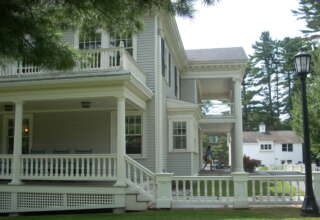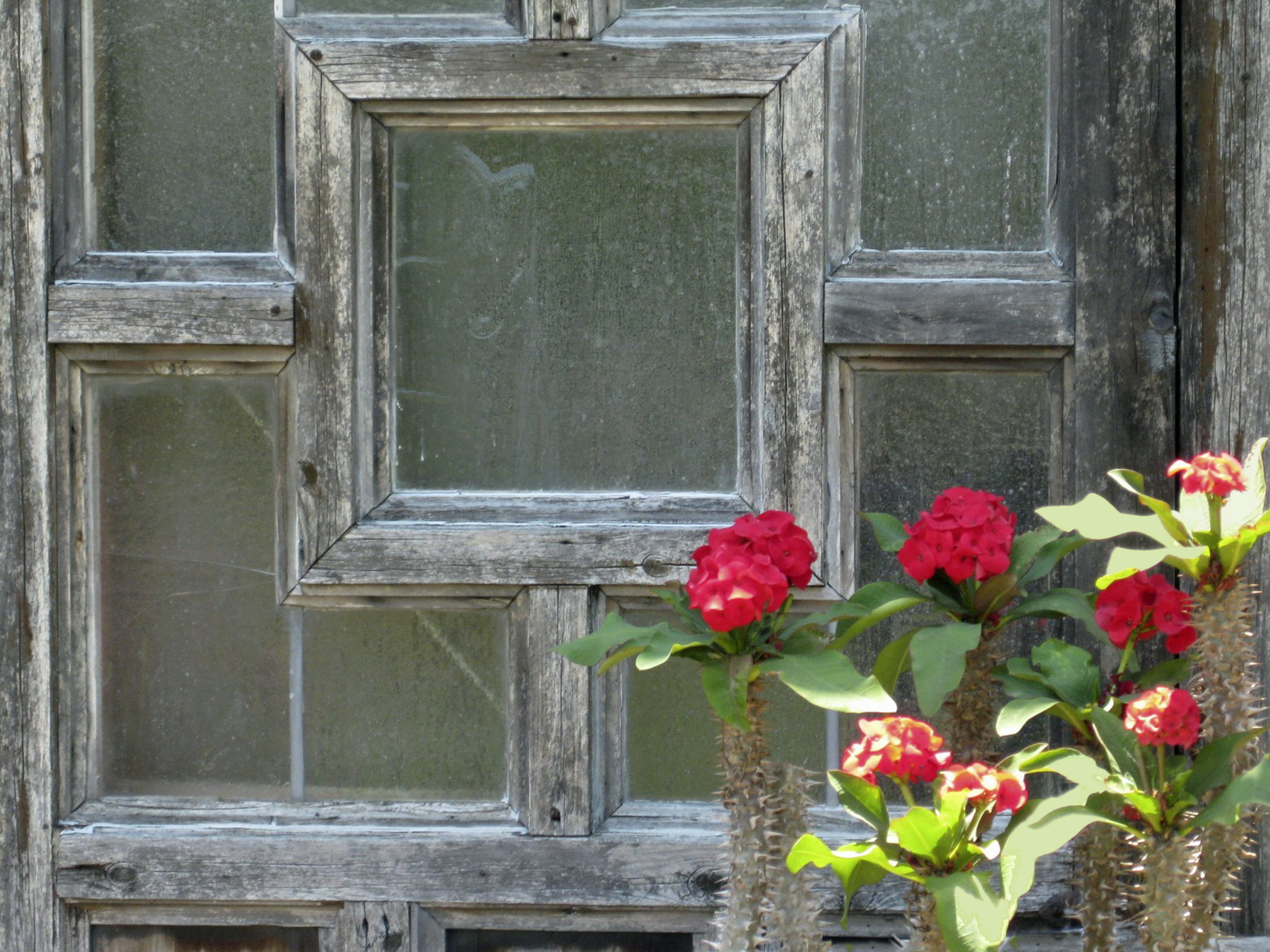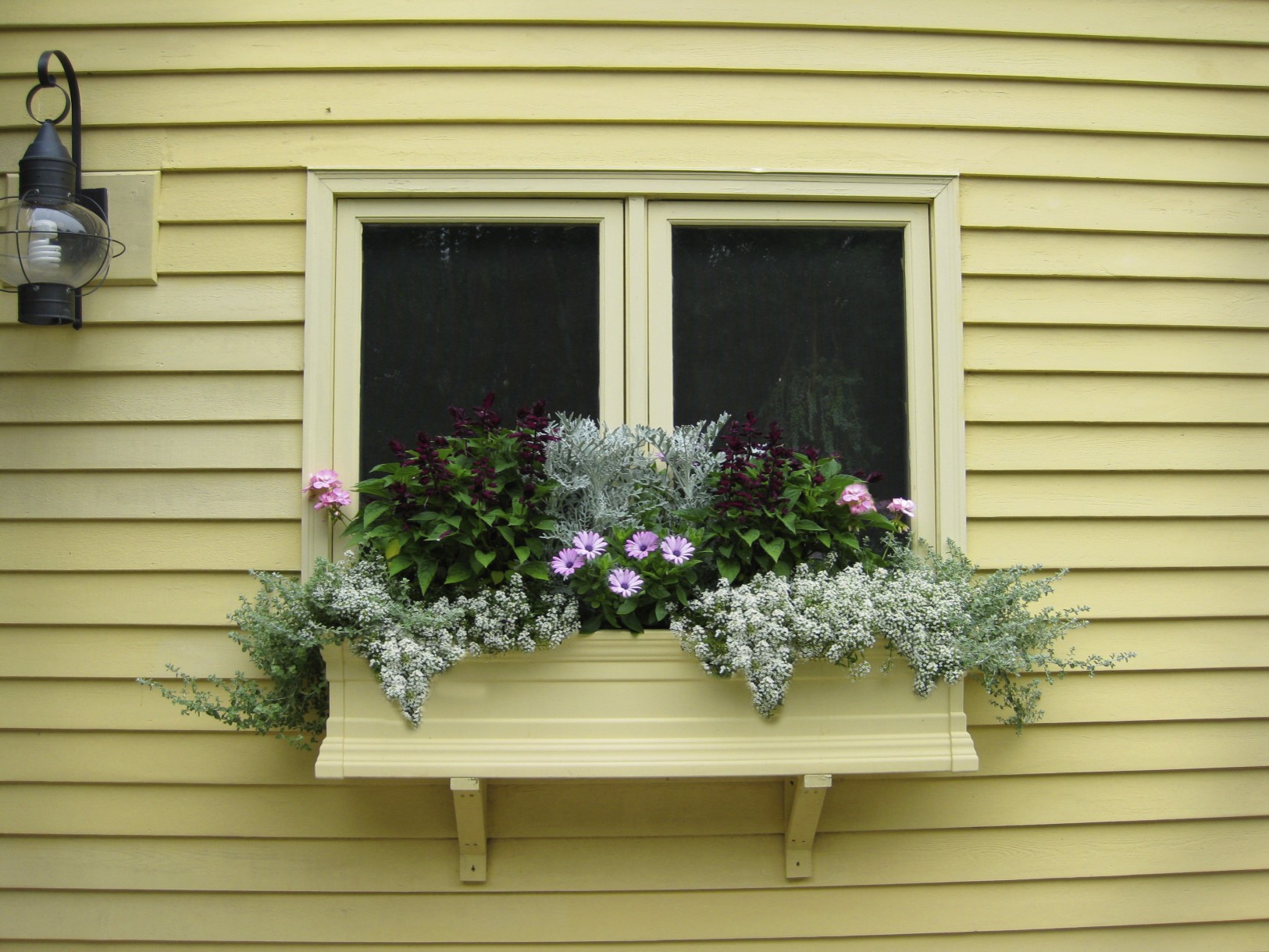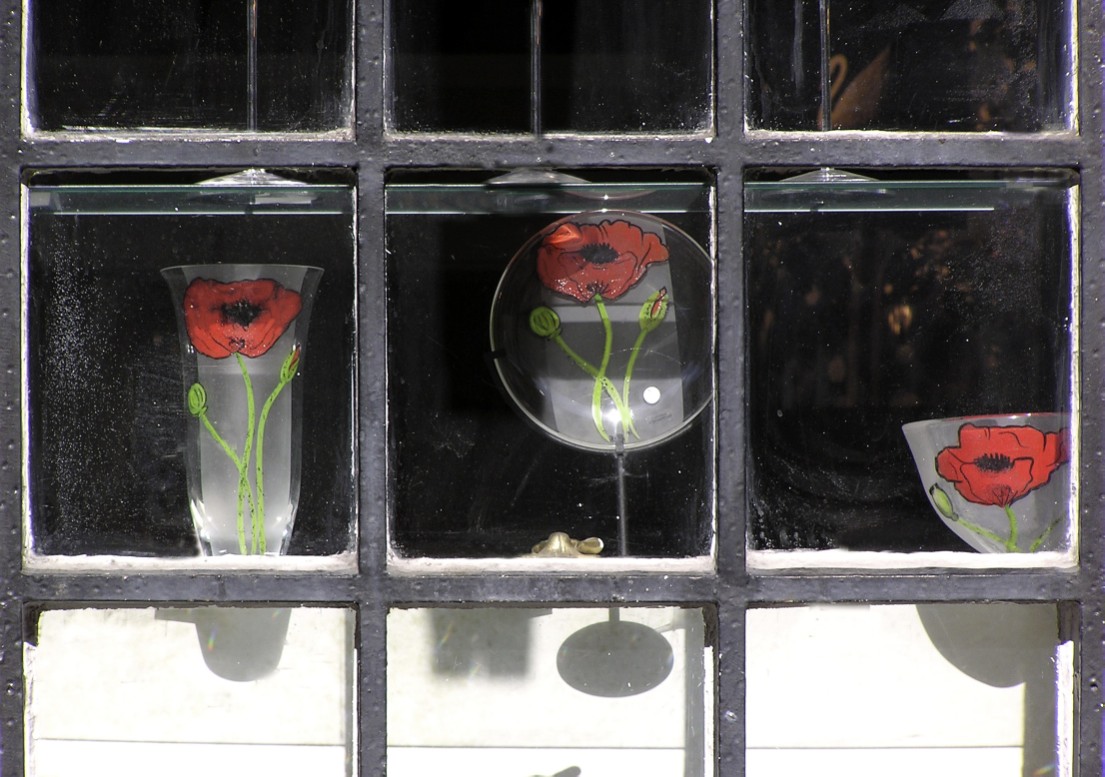
There is a second important feature about the American-style ranch house. When replicated in the American suburb, each of these ranch houses closely resembles the house next door. Inexpensive tract houses are mass engineered, mass built and mass marketed. Families move in and move out of these tract houses, with no long-term commitments to building a lasting community. High walls are built between homes and all outdoor activities take place in the back yard, not on a front porch or sidewalk. Parents are likely to commute to work via freeways and return home exhausted. They focus on family life or escapist television. There is little time for building community in this middle class suburban society—or for getting to know neighbors beyond a superficial level.
When we turn to the upper class in American society, we find a similar pattern of architecture and community. A Richard Noitra designed home, for instance, features glass walls that enable one to grasp the whole in one sighting—all rooms, the outside environment, other people. Upper-class communities are gated and isolated from other elements of society. Even within these gated communities there is little interaction among neighbors—other than the often-litigious reinforcement of planned community regulations and restrictions. These are homes that integrate the external and internal world through glass and landscaping—but insure that the external world is devoid of people and is composed entirely of trees and gardens!
The American school is also represented in the American office. It is represented in the late 20th Century office space with modular furniture and no walls. Everyone can see everyone else and people can easily move their desks, their department, and their relationships. This is the “temporary society” that is described by Bennis and Slater—a society that is made up of temporary friendships, temporary reporting relationships—and temporary furniture.









